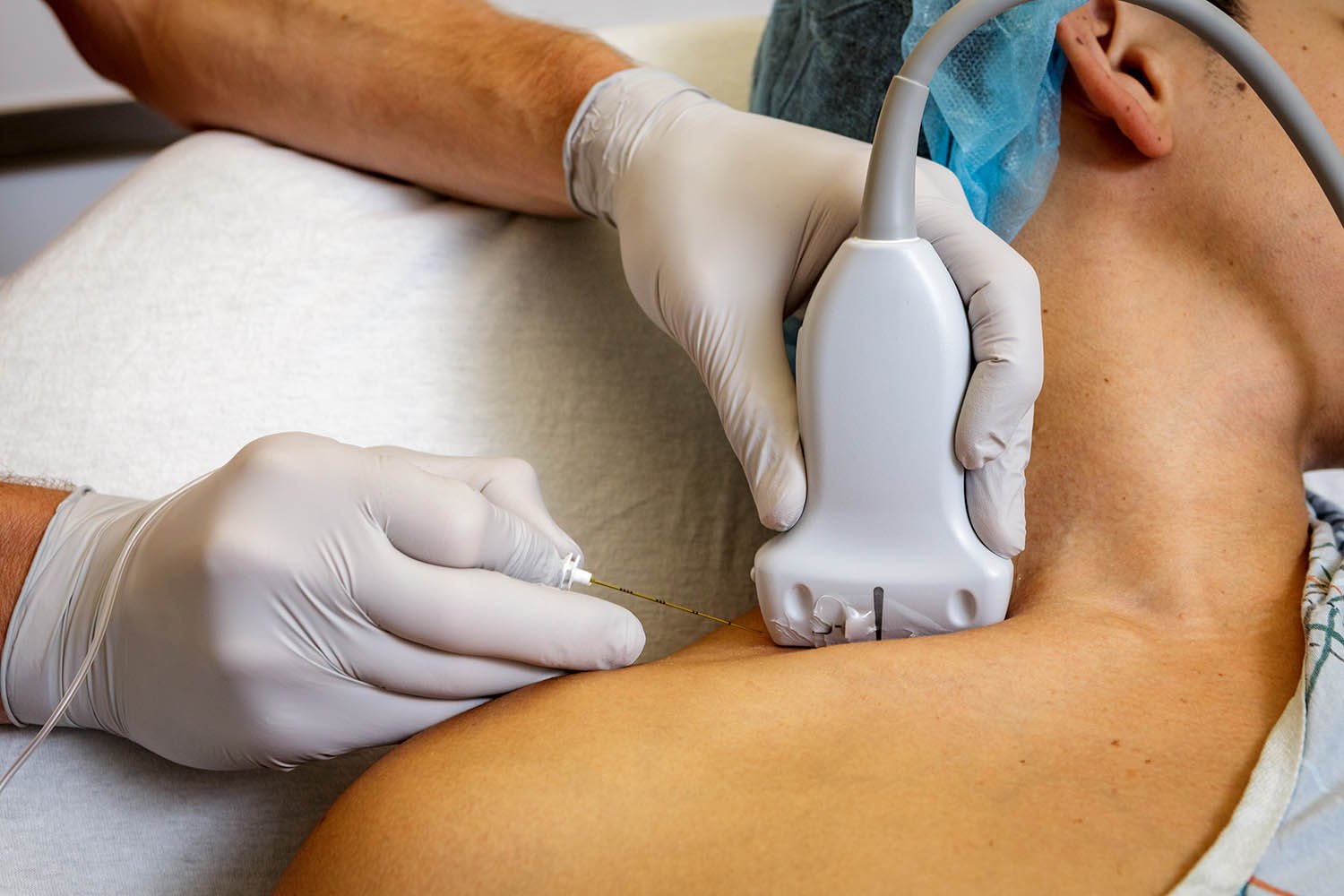Vein treatment Memphis has come a long way in the past few decades. Vascular surgery, which deals with the diagnosis and treatment of conditions that affect the blood vessels in your body, has seen tremendous advancements in recent years. These innovations have made it possible for doctors to perform procedures that were once considered impossible, leading to better outcomes and faster recovery times for patients.
Endovascular Surgery: A Less Invasive Option
One of the most significant advancements in vascular surgery is the development of endovascular surgery. This type of surgery involves making tiny incisions and using specialized tools to access the affected blood vessel. Compared to traditional open surgery, endovascular surgery is less invasive and requires less recovery time. In some cases, it can even be performed on an outpatient basis.
Endovascular surgery is used to treat a variety of conditions, including:
- Aneurysms
- Peripheral artery disease
- Carotid artery disease
- Deep vein thrombosis
Robot-Assisted Vascular Surgery
Robot-assisted surgery is another innovation that has changed the way vascular surgery is performed. This type of surgery involves using a robot to perform the procedure, with the surgeon controlling the robot’s movements from a console. Robot-assisted surgery is less invasive than traditional open surgery and has been shown to result in less blood loss, fewer complications, and shorter hospital stays.
Robot-assisted vascular surgery is used to treat a variety of conditions, including:
- Abdominal aortic aneurysms
- Carotid artery disease
- Peripheral artery disease
- Renal artery disease
3D Printing: Customization and Precision
3D printing is another innovation that has had a significant impact on vascular surgery. With 3D printing, doctors can create custom-made implants and tools that are tailored to the specific needs of the patient. This level of customization and precision can lead to better outcomes and faster recovery times.
3D printing is used in vascular surgery to create:
- Vascular grafts
- Stents
- Models of the patient’s anatomy for surgical planning
Conclusion
These are just a few of the many innovations that have transformed vascular surgery over the past few decades. Thanks to these advancements, doctors can now treat conditions that were once considered untreatable, and patients can enjoy faster recovery times and better outcomes. If you’re in need of vein treatment in Memphis or any other type of vascular surgery, it’s important to choose a doctor who stays up-to-date with the latest techniques and technologies to ensure that you receive the best possible care.




